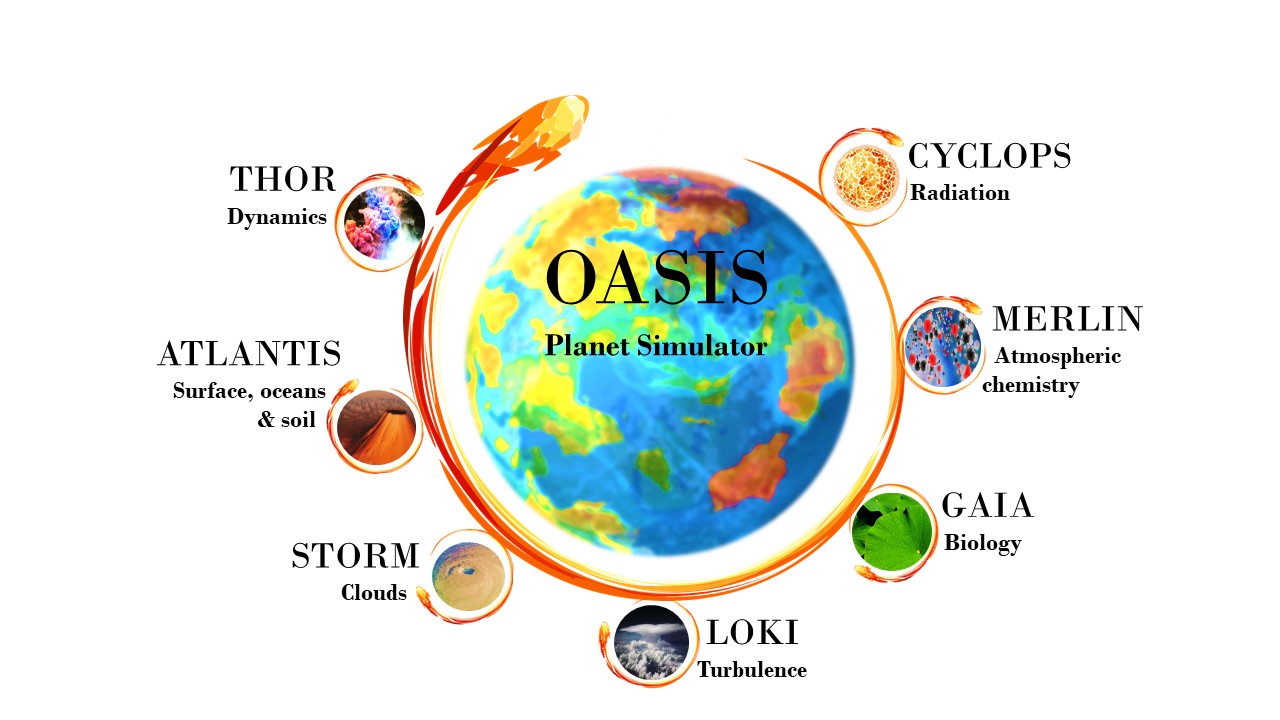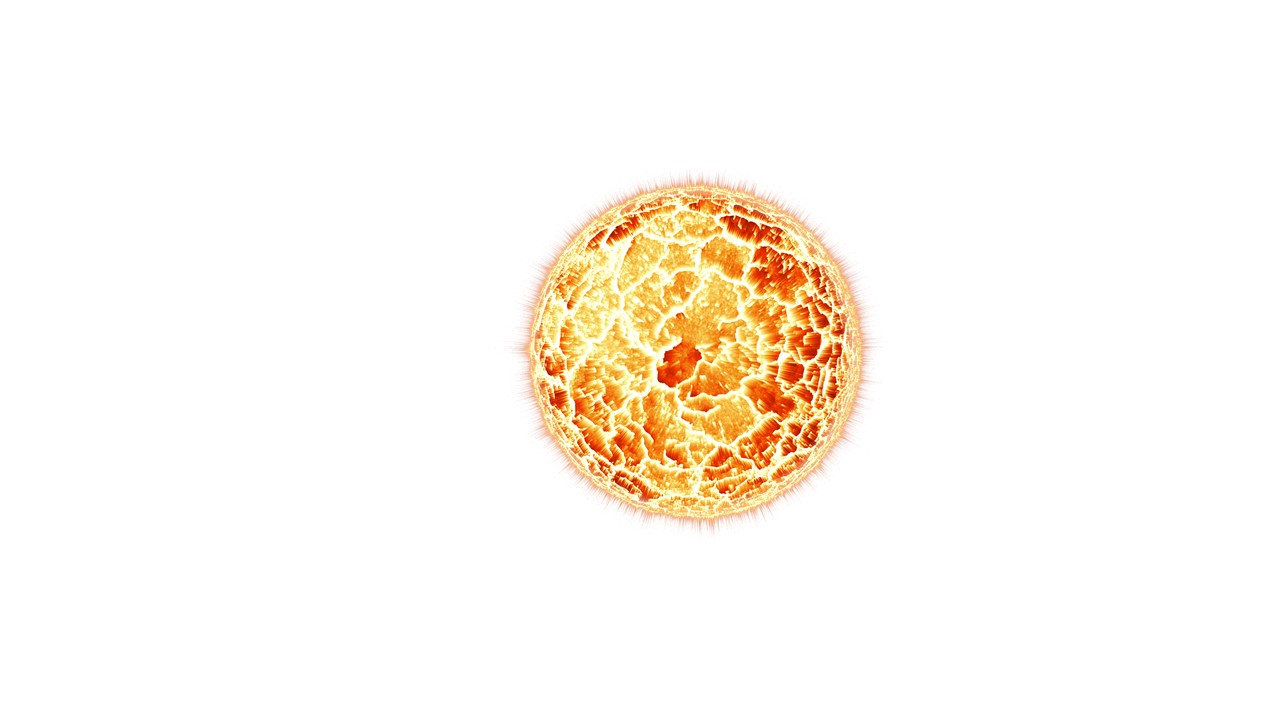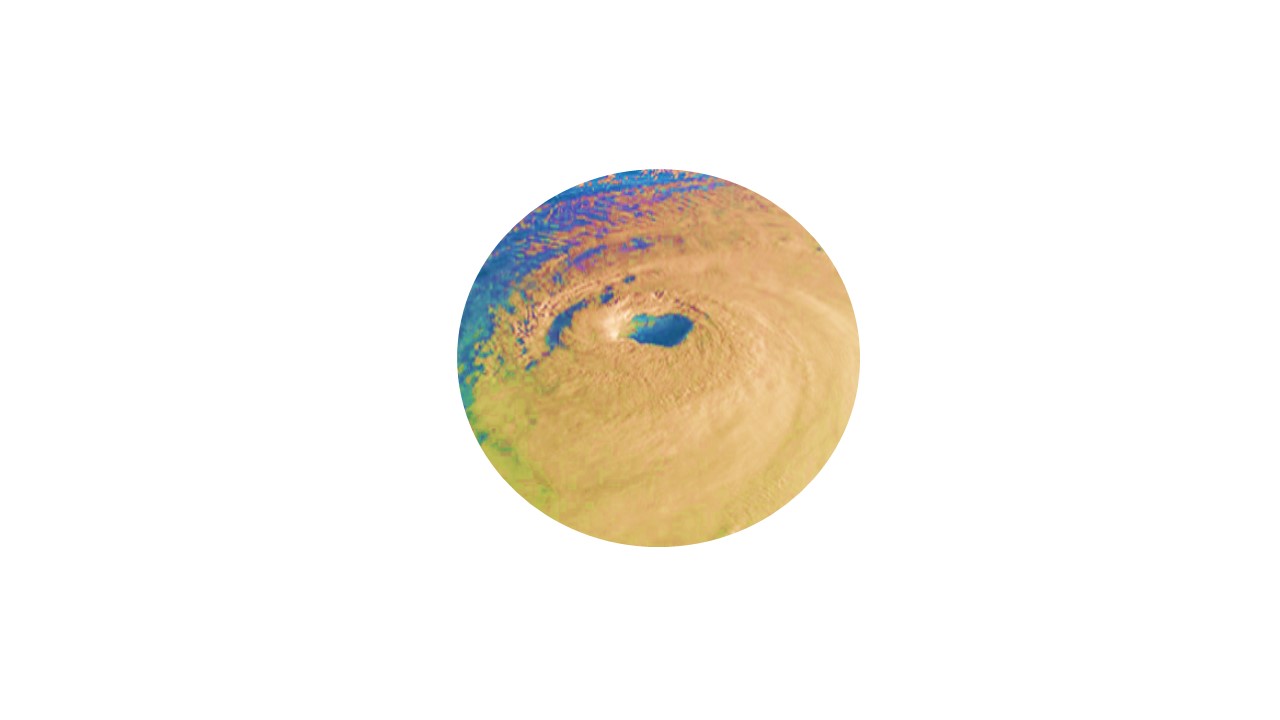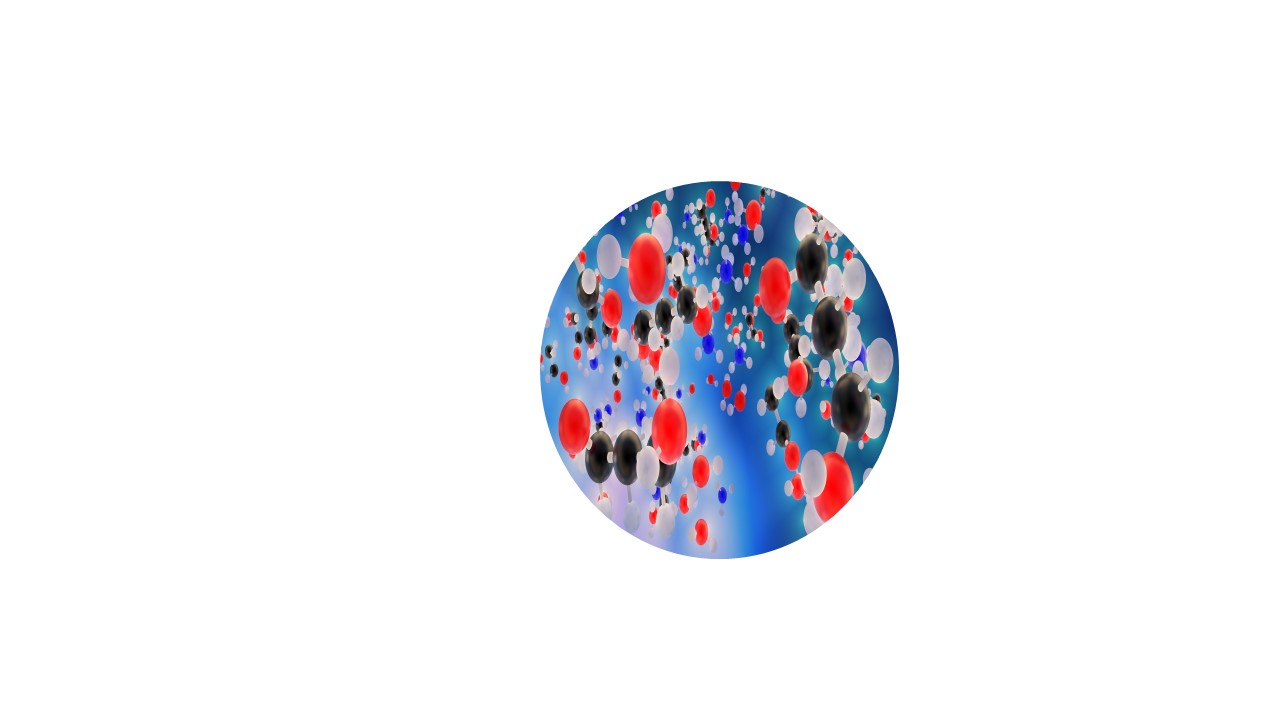OASIS: a new 3D virtual planet laboratory built from the ground up that self-consistently couples seven individual modules representing the main physical and chemical processes that shape planetary environments. Additionally, OASIS is capable of producing simulated spectra from different instruments and observational techniques.

OASIS is being gradually improved in terms of code performance, usability and complexity in the physical modules.

THOR
THOR solves the three-dimensional non-hydrostatic Euler equations on an icosahedral grid (Mendonca et al. 2016). THOR is still the only model in the planetary community that has been developed from the ground up with the purpose of exploring a large diversity of planets and avoiding physical approximations brought from other research fields, such as, the Earth climate research. This model has the capacity to simulate virtual atmospheres by coupling the physics self-consistently.

CYCLOPS
CYCLOPS is a fast radiative parameterisation that represents the absorption/emission/scattering by gases and clouds (Mendonca et al. 2015). The stellar radiation calculations are based on the δ-Eddington approximation (two-stream-type) with an adding layer method (multiple-scattering). For the thermal radiation case, the code is based on an absorptivity/emissivity formulation. The formulation is implemented on GPUs and allows us to investigate the dynamical-radiative-microphysical feedback on 3D simulations.

STORM
STORM is the physics module in OASIS that represents cloud physics. The current version is based on an active radiative tracer coupled with a cloud condensation parameterisation explored in Mendonca (2013) and Shao et al. (in prep).

ATLANTIS
ATLANTIS represents the oceans, surface and interior of planets. Currently, the scheme includes a simple Rayleigh friction to represent the mechanical interaction between the surface and the atmosphere, a coloured surface where the optical properties of the surface can be easily modified and a soil model that simulates the evolution of the temperatures in the subsurface (Mendonca & Read 2016; Mendonca 2022).

LOKI
LOKI represents the small-scale turbulence in the atmosphere. Physics that happens in scales smaller than the spatial resolution of the model needs to be parametrised. We include several options to represent the exchange of kinetic energy with finer spatial scales. The convection is currently done with a convective adjustment scheme where the potential temperature is vertically mixed in a buoyantly unstable atmospheric column.

MERLIN
MERLIN is the atmospheric chemistry module in OASIS. MERLIN represents the chemistry in the atmosphere, surface and interior (including vulcanic outgassing). At the moment, we can run simulations with the atmosphere in chemical equilibrium, use the relaxation method described by Tsai et al. (2018) or manually set the chemical abundances in the atmosphere and surface. We are currently developing a flexible self-consistent chemical network model.

GAIA
GAIA is an OASIS module that is still under-construction. This package will represent the impact of biology in planetary climates.
References
- Mendonca J., ‘Mass Transport in a Moist Planetary Climate Model’, 2022, Volume 659, A43, Astronomy & Astrophysics [Link]
- Mendonca J. & Buchhave L., ‘Modelling the 3D Climate of Venus with OASIS’, 2020, Volume 496, Pages 3512-3530, Monthly Notices of the Royal Astronomical Society [Link]
- Tsai S., Kitzmann D., Lyons J., Mendonca J., Grimm S., Heng K., ‘Towards Consistent Modeling of Atmospheric Chemistry and Dynamics in Exoplanets: Validation and Generalization of Chemical Relaxation Method’, 2018, Volume 862, Issue 1, The Astrophysical Journal [Link]
- Mendonca J. and Read P., ‘Exploring the Venus global super-rotation using a comprehensive Global Circulation Model’, 2016, Volume 134, pp 1-18, Planetary and Space Sciences. [Link]
- Mendonca J., Grimm S., Grosheintz L., Heng K., ‘THOR: A New and Flexible Global Circulation Model to Explore Planetary Atmospheres’, 2016, Volume 829, Issue 2, The Astrophysical Journal. [Link]
- Mendonca J., Read P., Wilson C., Lee C., ‘A new, fast and flexible radiative transfer method for Venus general circulation models’, 2015, Volume 105, p. 80-93., Planetary and Space Science. [Link]
- Mendonca J., ‘Studies of Venus using a comprehensive General Circulation Model. Ph.D’, 2013, thesis, Oxford University
